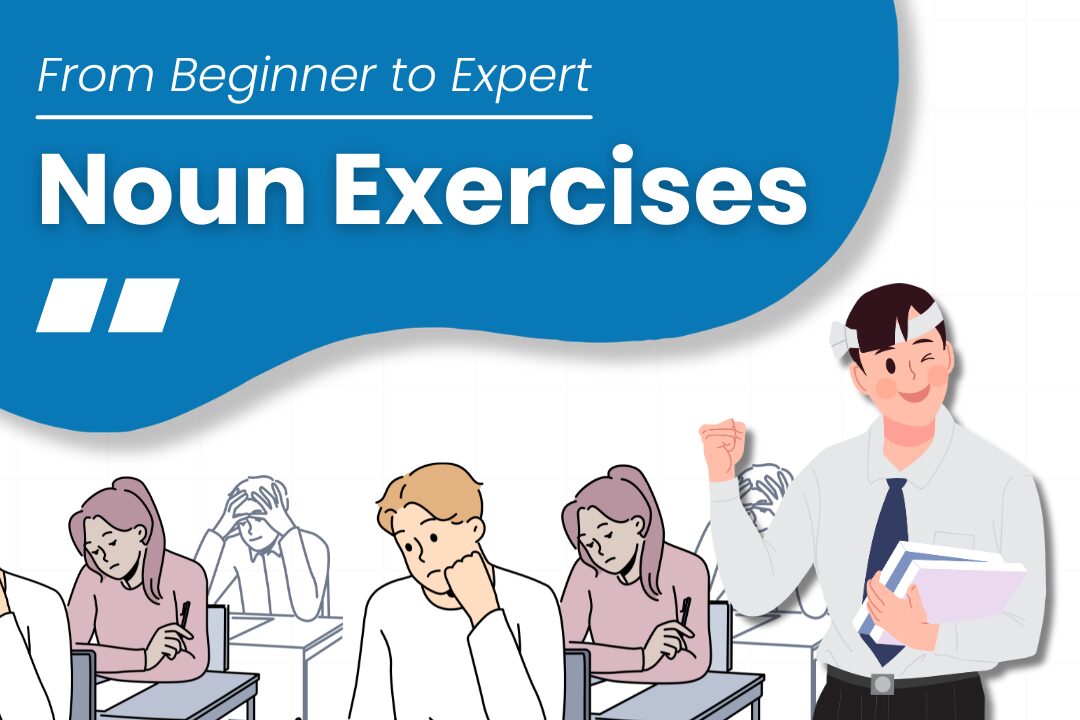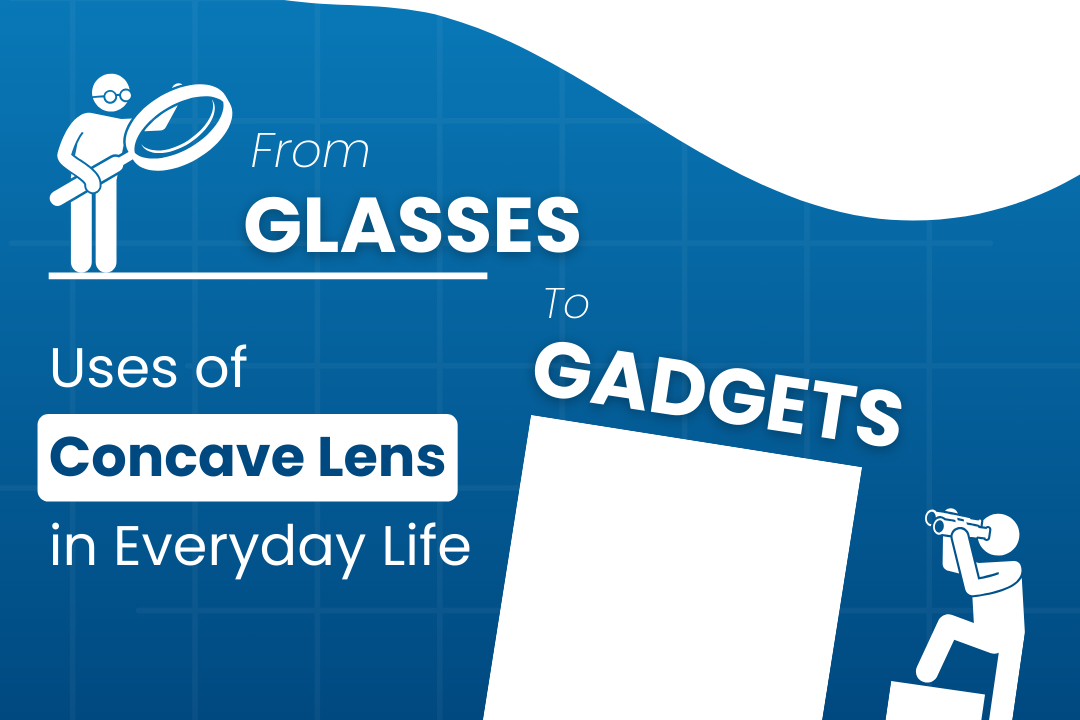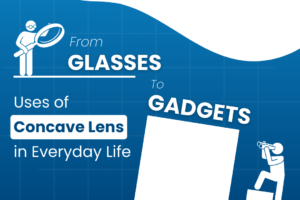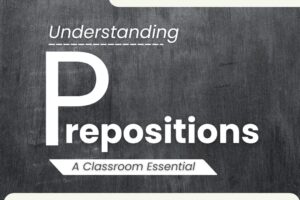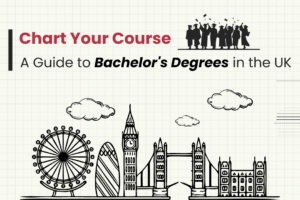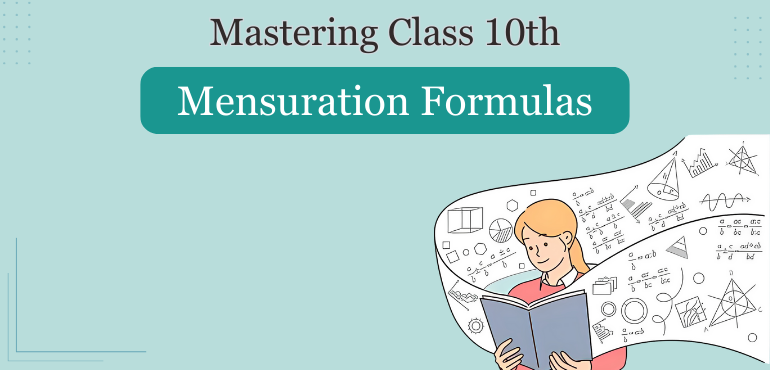
Mensuration, a vital branch of mathematics deals with the study of the measurement of geometric figures. For Class 10 students, understanding and mastering mensuration formulas play a crucial role in grasping the foundational concepts of geometry. From calculating the area of basic shapes to comprehending the intricacies of three-dimensional figures, a firm grip on mensuration lays the groundwork for advanced mathematical explorations. This article delves into the core 2D and 3D shape formulas, emphasizing essential tips for effective learning, and sheds light on the fundamental concepts surrounding mensuration, including the distinctions between area and perimeter, and volume and surface area.
Tips for Mastering Mensuration Formulas
Before delving into the intricate world of mensuration formulas, it is essential to adopt a systematic approach to learning. Here are some effective tips that can help students master these 10th class maths formulas effortlessly:
- Conceptual Understanding – Rather than memorizing formulas, focus on understanding the underlying concepts. Visualize the shapes and their properties to grasp the logic behind each formula.
- Practice Regularly – Repetition is the key to mastering any mathematical concept. Dedicate regular practice sessions to solve problems based on different formulas. This helps in enhancing problem-solving skills and retaining the formulas in memory.
- Relate Formulas to Real-Life Examples – Connect each formula to real-life scenarios to understand their practical applications.
2D Shape Formulas
Class 10 mensuration extensively covers various 2D shapes such as circles, triangles, and rectangles. Some of the important formulas are:
Circle
A closed curve where the area is π times the square of the radius and the perimeter is twice the product of π and the radius.
- Area: πr2
- Perimeter: 2πr
Parallelogram
A four-sided figure where the area is the product of the base and the height, and the perimeter is twice the sum of the length and the base.
- Area: b × h
- Perimeter: 2(l + b)
Rectangle
A four-sided figure where the area is the product of the length and the breadth, and the perimeter is twice the sum of the length and the breadth.
- Area: l × b
- Perimeter: 2(l + b)
Rhombus
A four-sided figure where the area is half the product of the diagonals and the perimeter is four times the length of a side.
- Area: ½ × d1 × d2
- Perimeter: 4 × side
Square
A four-sided figure where the area is the square of the side length, and the perimeter is four times the length of a side.
- Area: a2
- Perimeter: 4 × side
Trapezium
A quadrilateral with one pair of parallel sides where the area is half the product of the height and the sum of the parallel sides, and the perimeter is the sum of all the sides.
- Area: ½ × h (a + b)
- Perimeter: a + b + c + d
Triangle
A three-sided figure where the area is half the product of the height and the base, and the perimeter is the sum of the lengths of all three sides.
- Area: ½ × height × base
- Perimeter: a + b + c
3D Shape Formulas
Moving into the list of three-dimensional shapes, Class 10 introduces students to formulas related to cubes, cuboids, spheres, and cones. Some important formulas are:
Cone
A three-dimensional geometric figure with a pointed top and a circular base.
- Lateral Surface Area: πrl
- Total Surface Area: πr (r + l)
- Volume: (⅓) × πr²h
Cube
A three-dimensional solid object bounded by six equal squares.
- Lateral Surface Area: 4a²
- Total Surface Area: 6a²
- Volume: a3
Cuboid
A three-dimensional shape with six rectangular faces, including a pair of identical, parallel rectangular bases.
- Lateral Surface Area: 2h (l + b)
- Total Surface Area: 2 (lb +bh +hl)
- Volume: l × b × h
Cylinder
A three-dimensional solid with two parallel circular bases of equal size connected by a curved surface.
- Lateral Surface Area: 2πrh
- Total Surface Area: 2πrh + 2πr²
- Volume: πr² h
Hemisphere
Half of a sphere, resembling a half-circle or a dome.
- Lateral Surface Area: 2πr²
- Total Surface Area: 3πr²
- Volume: (⅔) × πr3
Sphere
A perfectly round three-dimensional object with all points on its surface equidistant from the center.
- Lateral Surface Area: 4πr²
- Total Surface Area: 4πr²
- Volume: (4/3) × πr3
Understanding the Relationship Between Measurements and Units
Mensuration also involves a clear understanding of the relationship between different units of measurement. It is important to understand the conversion factors between units to ensure accurate calculations. Distinguishing between the concepts of area and perimeter, and volume and surface area, is important.
Difference Between Area and Perimeter
Area refers to the measurement of the surface enclosed by a 2D shape, while the perimeter represents the total length of the boundary of the shape. Understanding this difference is vital to avoid confusion when applying formulas.
Difference Between Volume and Surface Area
Volume means the measurement of the space enclosed by a 3D shape, whereas surface area refers to the total area covered by the surface of the 3D shape. Recognizing this distinction is important for accurate calculations in real-world applications.
Understanding Important Relationships
Understanding the relationship between certain elements in specific shapes is important.
- The relationship between the radius and diameter of a circle aids in solving various circle-related problems. The diameter is double the length of the radius.
- The relationship between the height and slant height of a cone is crucial in solving problems related to cone geometry. The slant height can be calculated using the Pythagorean theorem.
Conclusion
Mastering mensuration formulas in Class 10 lays a strong base for complex geometrical concepts in higher classes. By regular practice and practical application, students can grasp the intricacies of various 2D and 3D shapes. Understanding the differences between area and perimeter, and volume and surface area, along with the relationships between essential elements, enables students to apply these formulas accurately in real-life scenarios. Following the tips outlined in this guide, students can navigate the world of mensuration with confidence and proficiency.

